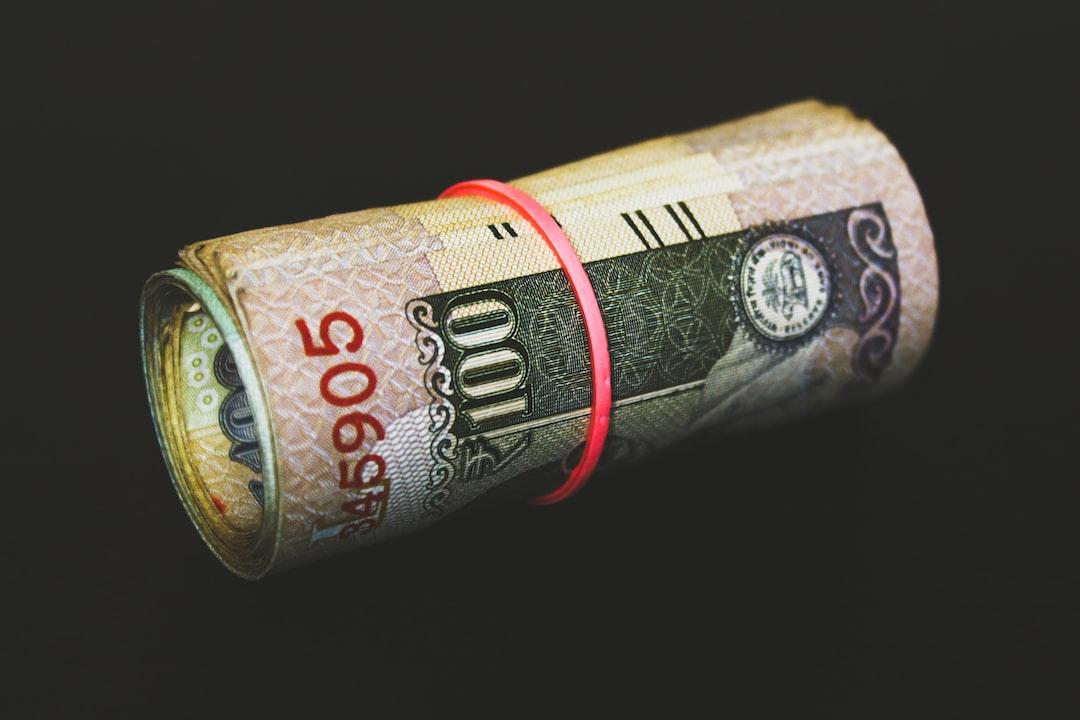Coin World News:
Original: Liu Jiaolian
Overnight, BTC continued to rebound to around 62k. In the internal reference last night, Jiaolian once again pulled out the timeline for the Mt.Gox compensation over the past year and a half, as well as semi-quantitative analysis, to illustrate a point, that is, some things are not a big negative, but are exaggerated by shortsighted shorts, making a fuss and causing panic. In May, Jiaolian calculated for everyone in the internal reference that, only with the amount of Mt.Gox, it is enough to digest and absorb without reaching a depth of $60,000. Moreover, these legendary chips have not even been released yet, have they? People are scaring people to death.
Yesterday was full of big news. WikiLeaks official tweet stated that Julian Assange has finally been released and is about to leave the UK and return to his hometown, Australia.

The cell in the highest security prison in Belmarsh is only 3 meters long and 2 meters wide. Assange has been isolated and imprisoned in such a narrow space, 23 hours a day (only 1 hour of outdoor activities), for more than 5 years, 1901 days and nights! It is hard to imagine what kind of inhuman torture this is! On Assange, the British Empire and the United States have torn off all the modern civilization’s disguise and thrown their “human rights” into the toilet, flushing it into the sewer.
Who is Assange? Why is the current global hegemon, the United States, so afraid, hateful, and eager to get rid of him? What kind of relationship does he have with the inventor of Bitcoin, Satoshi Nakamoto?
In 2020, Jiaolian wrote the “History of Bitcoin” and dedicated an entire chapter to introducing Assange and the whistleblower website “WikiLeaks” that he founded.
“Julian Assange, an Australian programmer, hacker, and the founder, editor, and spokesperson of the famous whistleblower website ‘WikiLeaks’ (wikileaks.org). Assange founded WikiLeaks in 2006, dedicated to helping whistleblowers around the world publish expose materials, thereby exposing highly confidential and anti-human crimes to the world.
“Assange’s creed is what he said on his personal blog: ‘The more secret and unfair an organization is, the more fear and panic it will cause in its leadership and planning agencies… Because, by its very nature, an unfair system will definitely attract opponents. And in many ways, they are not at a disadvantage. Massive exposure will make this unfair system extremely vulnerable in front of people seeking to replace it with a more open form of governance.'”
Assange almost single-handedly stuck eight big words on the forehead of the United States – saying all the good things and doing all the bad things.
He has been a member of the Cypherpunks organization for a long time. In the “History of Bitcoin” Chapter 2, “Cypherpunks,” Sections 4-7, Jiaolian introduced the glorious deeds of the Cypherpunks in the fight against hegemony since the early 1990s.
In section 4, the introduction of military exports revealed that as early as 1991, when American programmer Phil Zimmermann developed a civilian-level PGP encryption algorithm, the U.S. Department of Justice was ready to prosecute him for a crime.
Is it absurd? Is it magical? In a country that allows individuals to own guns, the United States actually prohibits people from possessing a 128-bit encryption algorithm, and even threatens with serious crimes! This is not only a mockery of the Second Amendment of the U.S. Constitution (the right to bear arms), but also a great irony of American democratic rights. A mathematical algorithm can break through the empire and make it extremely vulnerable to people seeking to replace it with a more open form of governance.
Zimmermann played a trick and escaped. He used the First Amendment of the U.S. Constitution (freedom of speech) to print the source code of the encryption algorithm in a book, which was publicly published in 1995. The tiger behind him opened its bloody mouth, but bit on the iron armor and had to give up.
Nearly 30 years have passed, and the bottom line of human rights in the empire has been lowered. Moreover, Assange is not an American. He cannot enjoy the protection of the U.S. citizen rights specified in the U.S. Constitution, but is subject to the heavy blows of U.S. judicial “long-arm jurisdiction.” Who can Assange reason with regarding such a serious inequality of rights and obligations?
Assange and the forces that support him have achieved victory after arduous struggles. However, the cost of regaining freedom is huge. Assange exchanged his release for a guilty plea. If he refused to plead guilty, the U.S. Department of Justice would have kept him imprisoned until death. And his guilty plea has created an unprecedented success for the U.S. Department of Justice: putting a shackle on the long-advocated freedom of the press. The U.S. government can use the 1917 Espionage Act to arbitrarily arrest and prosecute journalists globally, as long as they “obtain information, take pictures, or copy descriptions of any information related to national defense, with the intent or reason to believe that this information may be used to damage the United States or benefit any foreign country.”
In the future, would a foreign journalist publishing negative news about the United States or exposing facts such as American soldiers killing civilians be considered “damaging the United States”? It definitely would. The U.S. Department of Justice can issue a global warrant for the arrest and imprisonment of this journalist.
“If criticism is not free, then praise is meaningless.”
Assange’s experience is a heavy blow to U.S. press freedom and freedom of speech. This is not something that the author said, but what independent presidential candidate Robert Kennedy said in 2024:
“Julian Assange has reached a plea agreement and will be free! I am thrilled. He is a hero of our time.
“The bad news is that he had to admit to conspiring to obtain and disclose national defense information. This means that U.S. security agencies have successfully criminalized the news industry and extended their jurisdiction to non-U.S. citizens globally.
“Julian had to accept this fact. He has heart problems and would have died in prison. But the U.S. security agencies have set a terrible precedent and dealt a heavy blow to press freedom.”
The moral standards of the U.S. government are clear to the inventor of Bitcoin, Satoshi Nakamoto.
So, when Satoshi Nakamoto, also a member of the Cypherpunks, learned that Assange was seeking alternative donation channels for WikiLeaks, which had been shut off by the U.S. government, and was considering using BTC, he remained calm and not as excited as other community users.
On December 5, 2010, Satoshi Nakamoto replied to request that WikiLeaks not try to use Bitcoin. He believed that Bitcoin was still in its infancy, and the heat brought by WikiLeaks could ruin Bitcoin.
However, as written in Episode 7 of “The History of Bitcoin,” “Bitcoin is a decentralized, open-to-use and anti-censorship system, and not even its creator, Satoshi Nakamoto, can censor and prevent WikiLeaks from using Bitcoin.”
WikiLeaks still launched a BTC donation channel and was reported by the media.
On December 11, 2010, Satoshi Nakamoto said in a forum post, “It would be better to get this kind of attention in any other situation,” “WikiLeaks has poked a hornet’s nest, and a large group of hornets is flying towards us.” From then on, Satoshi Nakamoto disappeared from the public eye.
These Cypherpunk heroes have made their great contributions to the global anti-hegemony cause in their own ways. Assange is a frontal attack, Snowden is an internal explosion, Zimmermann is a flanking maneuver, and Satoshi Nakamoto is digging at its roots.
They are heroes of the world’s people, and the people will always remember them.
Now, Assange is in the final stage of his journey from the U.S. territory of Saipan Island to Australia. I wish him a safe journey!
Subscribe to Updates
Get the latest creative news from FooBar about art, design and business.
Add A Comment

